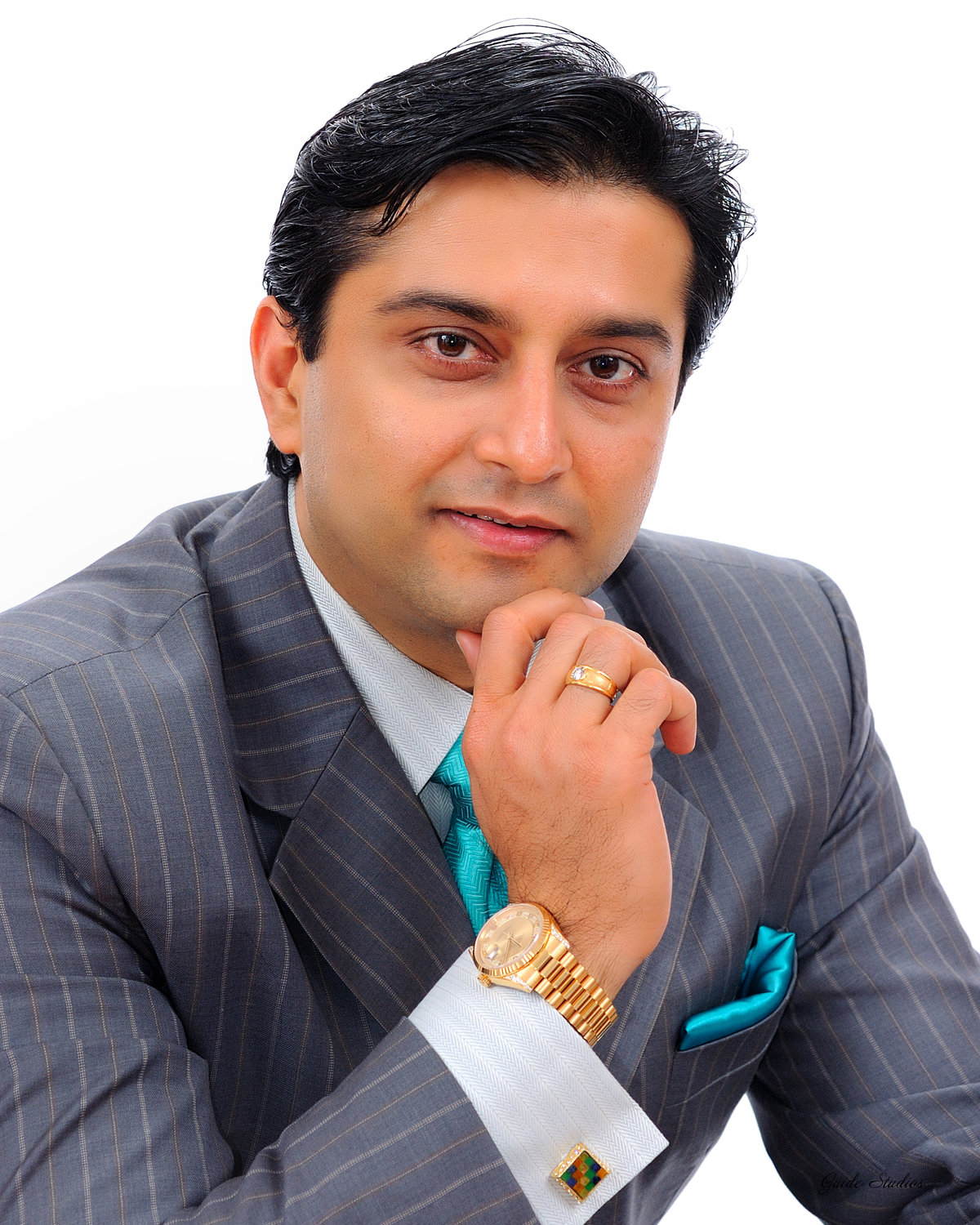Lasik eye surgery Open your eyes: What you really need to know
Special to the Recorder
In a recent New York Times story in June 2018, Lasik eye surgery was highlighted for its complications. Then in December 2018, we saw the sad news of a Detroit meteorologist who committed suicide apparently following Lasik complications.
Due to the positive impact of this surgery on millions of people worldwide to the point that it is a household name today, it is important that we understand the facts and see through the advertising and deals because I always say, “Blindness at any deal is not a great bargain.”
Let’s divide this article into three parts wherein part one, I will review its origin and success, and in part two, its possible side effects and complications. In part three, I will address correction of complications back to 20/20.
Nearly 30 years ago, I was privileged to have been exposed to Lasik eye surgery, years before it was approved and used by eye surgeons in the United States. This opportunity allowed me to invent Lasik surgery instruments, as well as work with the American National Standards Institute (ANSI) division of the U.S. Food and Drug Administration (FDA) on various levels, besides interacting with world pioneers like Dr. Jose Ingacio Barraquer (South America) and Dr. Slava Fyodorov (Russia). It was evident then that this was a revolution for mankind!
Eyeglasses, as we know from history, have been around since the 13th century in Italy, while one of the first contact lenses made from hand-blown glass came into existence in 1888 in Switzerland.
The quest, though, was on for a more permanent solution to eyeglasses.
Dr. Srinivasan, a scientist working at IBM, introduced the application of the Excimer laser on organic tissue. From there, Dr. Stephen L. Trokel (Columbia University) applied it to perform laser vision correction, while our colleague, Dr. Mcdonald, first used this laser on a blind human eye.
Dr.Pallikaris (Greece), Dr.Burrato (Italy) and Dr.Peyman (U.S.), in various levels, participated in bringing forth an improvised version that would come to be known as
Lasik (Laser Assisted In-Situ-Keratomileusis), which was first adapted by Canada and
then by the U.S. FDA in 1995.
My own exposure and adaptation of Lasik among the first in the world allowed an insight that this surgery could practically correct all refractive errors including nearsightedness, farsightedness, astigmatism and presbyopia. This professional satisfaction was further augmented by our patient reactions to this swift yet meticulously accurate surgical technique.
Lasik involves the use of the very precise (cuts one-fourth of a micron at every pulse) Excimer laser, which reshapes the cornea (clear front window) of the eye according to the glasses prescription of the patient.
The surgery is done in minutes, with the patient awake, active and participating; only numbing drops are used in the patient’s eyes. This method provides the quickest healing and fastest results. Visual recovery is fast, with most patients gaining vision recovery within minutes to continue toward significant improvement on the same day of surgery.
Lasik surgery has since evolved into a “blade-free” technique and then into a custom-designed surgery, until recent times where we have further propelled to a “no-cut” technique.
I do wish for patients to understand that Lasik is just one among 16 laser vision surgeries that themselves are among 40 different vision corrective surgeries (surgeries to remove glasses and contact lenses).
Thus, if one understands how vision corrective surgery and all 40 combinations are what all Lasik surgeons must be capable of performing and offering, it becomes easy to realize how every patient can indeed have the best surgical technique tailored to them for the safest and most predictable outcome.
This would then change Lasik vision surgery from a commodity to an art.
There was one fear though: This very asset of Lasik surgery, especially its speed and safety along with its predictability, could fall into wrong hands. More on that in the next column.
Each year, patients from around the world travel to Jacksonville’s Gulani Vision Institute to have their vision corrected by ophthalmologist Arun Gulani, MD. A Ponte Vedra Beach resident, Dr. Gulani has been a leader in LASIK, cataract and astigmatism surgery, has invented Lasik complication corrective techniques and is often called upon to train other surgeons in the latest groundbreaking technologies.










